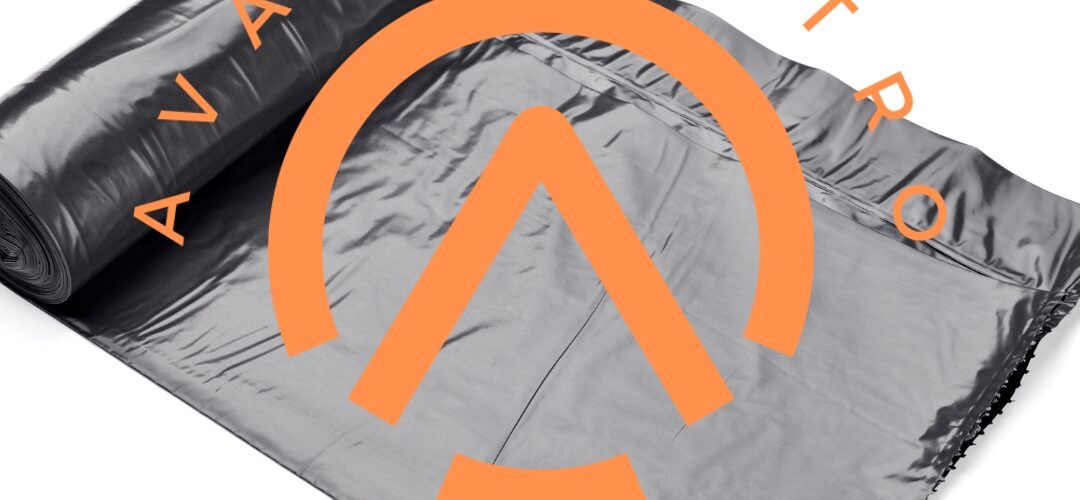The Production Process of Garbage Bags: From 0 to 100
Table of Contents
- Introduction
- The Importance of Garbage Bags
- Raw Materials for Garbage Bag Production
- Manufacturing Process
- Extrusion
- Printing (if applicable)
- Slitting and Sealing
- Quality Control
- Environmental Considerations
- Garbage Bag Types and Varieties
- Quality Standards
- Packaging and Distribution
- Market Trends and Demand
- Competitive Landscape
- Recycling and Sustainability
- User Tips
- Conclusion
- FAQs
- Introduction
Garbage bags, also known as trash bags, bin liners, or refuse sacks, are an essential part of our daily lives. They provide a convenient and hygienic way to manage and dispose of waste. This article explores the intricate process of manufacturing these everyday items and delves into the environmental aspects, quality standards, and user tips.
- The Importance of Garbage Bags
Garbage bags play a crucial role in maintaining cleanliness and hygiene. They keep waste contained, preventing it from spilling or leaking. Whether it’s at home, in hospitals, offices, or industries, garbage bags are indispensable.
- Raw Materials for Garbage Bag Production
The primary raw material for garbage bags is polyethylene, a versatile and durable plastic. Depending on the desired properties, manufacturers may use high-density polyethylene (HDPE) or low-density polyethylene (LDPE). These materials are chosen for their strength, flexibility, and resistance to punctures and tears.
- Manufacturing Process
Extrusion
The production process begins with extrusion, where the chosen polyethylene is melted and forced through a circular die to create a tube-like structure. This extruded tube serves as the foundation for the garbage bag.
Printing (if applicable)
If the bags require printing, this step involves adding labels, logos, or other information to the flat sheet. It is important for branding and labeling purposes.
Slitting and Sealing
The extruded tube is slit into flat sheets, which are then sealed on one side to create the bag’s bottom. The top remains open for easy filling.
Quality Control
Throughout the manufacturing process, rigorous quality checks are performed to ensure that the bags meet the required standards. These checks include measuring thickness, tensile strength, and sealing integrity.
- Environmental Considerations
Manufacturers are increasingly aware of the environmental impact of plastic products. Some companies are adopting biodegradable materials or recycling initiatives to minimize their carbon footprint. Sustainability is a growing concern in the industry.
- Garbage Bag Types and Varieties
There is no one-size-fits-all when it comes to garbage bags. They come in various sizes, colors, and thicknesses to suit different applications, from small kitchen bags to large industrial liners.
- Quality Standards
Different regions have their own quality standards and regulations for garbage bags. Compliance with these standards ensures that the bags are safe for use and fulfill their intended purpose.
- Packaging and Distribution
After production and quality checks, the garbage bags are packaged and prepared for distribution. They are typically bundled in rolls or packs, making them easy for consumers to store and use.
- Market Trends and Demand
The demand for garbage bags remains steady as long as there’s waste to manage. Manufacturers keep an eye on market trends and consumer preferences to adjust their product offerings accordingly.
- Competitive Landscape
The garbage bag industry is highly competitive, with many players vying for market share. Quality, pricing, and eco-friendly options are key factors in staying competitive.
- Recycling and Sustainability
The push for sustainability in the industry has led to the development of recycling programs and the creation of garbage bags made from recycled materials. Consumers are increasingly choosing environmentally friendly options.
- User Tips
When choosing a garbage bag, consider the type of waste you’ll be disposing of and select an appropriate thickness.
Double-bagging can help prevent leaks and odors, especially for wet or smelly trash.
Be mindful of local recycling guidelines and dispose of garbage bags properly.
- Conclusion
The production of garbage bags is a complex process that involves several steps, from choosing the right raw materials to rigorous quality control. As consumers, it’s important to consider the environmental impact of our choices and opt for eco-friendly options when possible. Garbage bags make our lives more convenient, but responsible use and disposal are essential.
- FAQs
- Are garbage bags made entirely of plastic?
Most garbage bags are made from polyethylene, a type of plastic. However, some eco-friendly options are made from biodegradable or recycled materials.
- Can garbage bags be recycled?
Yes, many garbage bags can be recycled. Check the packaging or contact the manufacturer for specific recycling instructions.
- What is the difference between HDPE and LDPE garbage bags?
HDPE (high-density polyethylene) bags are thicker and more durable, while LDPE (low-density polyethylene) bags are more flexible. The choice depends on the intended use.
- How can I minimize the environmental impact of garbage bags?
You can choose biodegradable or recycled bags and ensure proper disposal according to local recycling guidelines.
- Do garbage bags have a shelf life?
Garbage bags can last a long time if stored properly. Avoid exposing them to direct sunlight or extreme temperatures for extended periods.
In conclusion, understanding the production process and environmental considerations of garbage bags can help consumers make informed choices about their use. Whether for household or industrial purposes, garbage bags serve a vital role in waste management and maintaining cleanliness.
Written by Emir Narin

